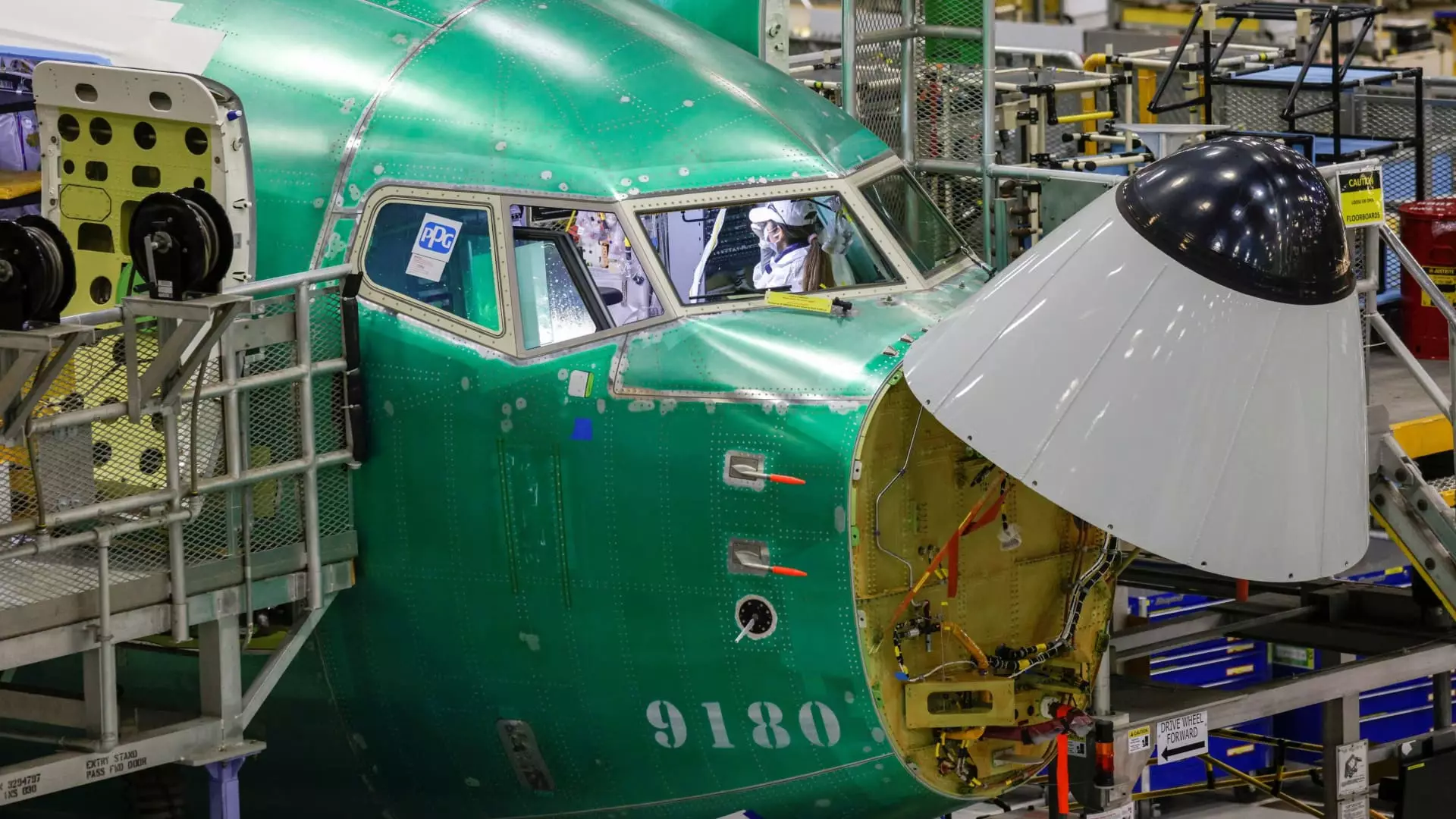Boeing faces a complex and arduous road to recovery as it transitions back to normal operations following a significant strike involving over 32,000 machinists. The labor disruption, which lasted for more than seven weeks, effectively crippled the production of various aircraft models. With a newly approved contract that includes substantial pay raises averaging 38% over four years, the machinists are now legally mandated to return to work. However, this transition is not a straightforward process; the manufacturer has acknowledged that it will take weeks before operations are fully revitalized.
The ramifications of the strike on output have been stark. Boeing reported delivering only 14 jetliners in October—the lowest figure since the peak disruptions of the pandemic in November 2020, a period marked by widespread grounding of the 737 Max model. The company revealed that among these deliveries, the majority comprised the 737 Max, specifically nine units. Notably, these deliveries were facilitated by workers who remained on duty and were not part of the strike, highlighting the ongoing strains within the workforce even post-strike.
As production restarts in Washington and Oregon, the company faces the critical task of reorienting its workforce. Boeing must evaluate not just the physical readiness of its factories but also the operational protocols associated with safety and efficiency. As articulated by CEO Kelly Ortberg, “It’s much harder to turn this on than it is to turn it off.” This acknowledgment underscores the intricacies involved in reactivating a complex industrial operation wherein safety and qualification standards must be meticulously reviewed and reaffirmed.
Despite the labor turmoil, Boeing’s sales performance during the strike period showcased resilience. In October, the company secured 63 gross orders, which were just shy of the prior month’s totals. This included a significant order of 40 737 Max 8 aircraft by Avia Solutions Group, reflecting continued demand for newer models even as production conversations took place behind the scenes. Additionally, the delivery of 10 787 Dreamliners to LATAM Airlines indicated that certain manufacturing lines, particularly those in non-unionized facilities in South Carolina, were able to maintain their momentum unaffected by the strike.
The next few weeks will be pivotal for Boeing as it aims to restore operational efficacy. The company must navigate the complexities of reintegrating skilled labor while ensuring that all safety protocols are met and enhanced. The challenge ahead lies in achieving a balance between ramping up production and maintaining quality and safety standards. As Boeing steps gingerly back into full-scale operations, the path forward will be crucial not only for its immediate recovery but also for reinforcing its standing in the global aviation market. The resilience showcased during this turbulent period will ultimately determine how effectively Boeing can overcome the recent challenges and stride confidently into a promising future.

